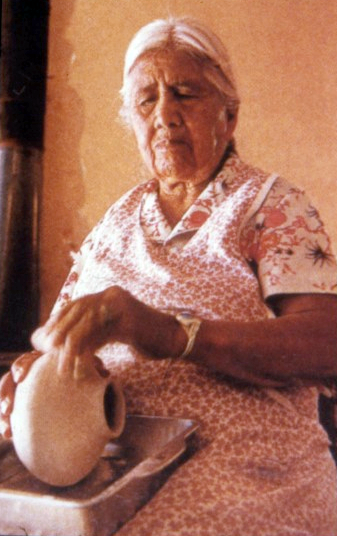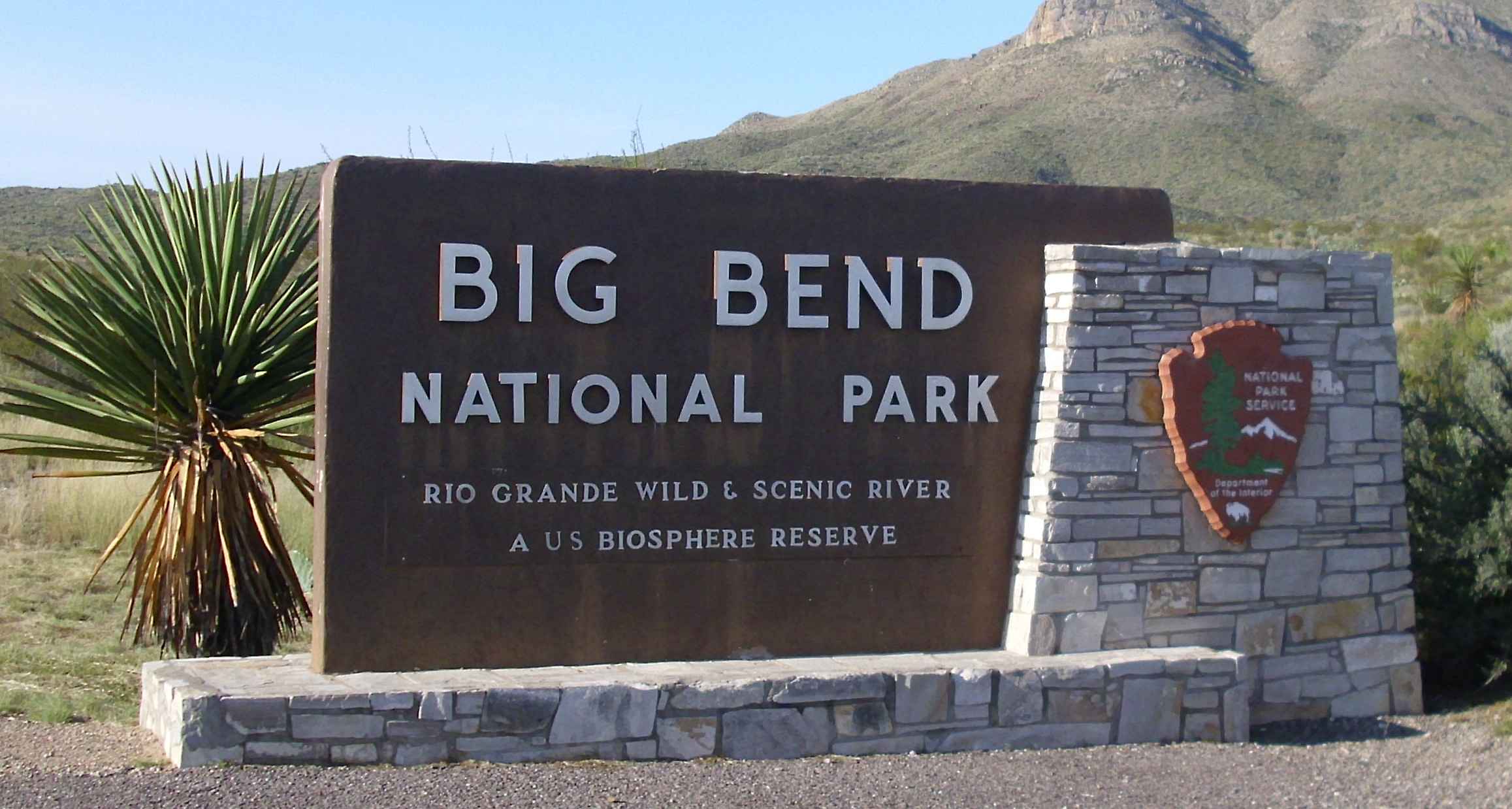I believe that we met Mack, Joe's dog, before we met Joe. Joe lives just a couple of blocks from us, and we often take our dog Bella on walks past his house. Mack would often be out and about, and ferocious Bella would try to intimidate, but Mack would not be impressed. We had noted that Joe had some nice flagstone stacked in his alley, so one day when he was in his yard, we stopped to ask about perhaps negotiating for some of the stone. He happily said "Take it!" I was wearing a Rocky Mountain Mennonite Camp shirt, and Joe said that he knew a bit about the Mennonites. When we asked how so, he said that he went to Goshen College and had lived in New Paris! Amazed, we chatted for a while, and over the course of several conversations, we learned of Joe's adventures. Below the picture of Joe as a young pediatrician is a Guest Opinion piece for the Boulder Daily Camera that summarizes some of the stories that we heard. There was a great picture of centenarian Joe in the Camera when he turned 100, but alas, it is not to be found on the web. We haven't seen Joe out and about much lately, but wish him the best!
On
July 29, my friend Doctor Lawrence E. "Joe" Maurer celebrated his
100th birthday. Over the years that I've known Joe, I've been the lucky
audience of many of his stories. Seems like this important anniversary
justifies a recount of just a few of them.
In 1935, when Joe left Goshen, Indiana on the back of his buddy Bob's
motorcycle, he didn't figure that 79 years later he'd be reminiscing
about it. But with $100 bucks in his pocket, a knapsack on his back, and
lots of determination, Joe headed for medical school at the University of
Indiana in Bloomington. Soon he had a job at the student union washing
dishes, and earning board. With neither grants nor student loans, but a
lot of hard work, he'd go on to graduate.
In 1939, residency at Indiana University Medical Center Hospital in
Indianapolis paid a whopping $10 a month; 1940 and 41 took him to
Children's Hospital in Denver and University of Kansas Medical Center,
where he saw sick and hurting children non-stop. Following residency Joe
landed a great paying job in Denver working in a pediatrician's office.
But he didn't like it. The problem, he told his new wife Helen, was
that he had worked for a whole week and hadn't seen a single (in Joe's
words) "snotty nosed kid." But he sure wanted to.
You see, after spending three years of residency patching up kids,
Joe had found his passion. Joe says that when he went home to tell Helen
that he wanted to quit — he became a doctor to help people and couldn't
see himself doing the last week's kind of work for the rest of his
career — she was supportive of his decision.
A whole lot of us can be very thankful that the young doctor pursued
his urge to help those in need. For in July 1942, Joe and Helen moved to
Boulder, with Joe going to work for Dr. Howard Heuston
The year 1943 found Joe attending Friday afternoon seminars at
Fitzsimmons Army Medical Center in Aurora, and it was there he learned
of a new drug, penicillin. That proved tremendously fortunate for the
late Virginia Jenkins, whom Joe had diagnosed with meningitis. Joe
quickly made calls to the Red Cross and had the antibiotic delivered
from the Army to Boulder via courtesy patrol. According to Joe, this was
the first use of penicillin in Boulder, and by Doc's estimate, it saved
Virginia's life.
Later Joe began his own practice on the top floor of the First
National Bank building at Pearl and Broadway. In those days doctors made
house calls with him; sometimes making more than a dozen in a day.
Helen served as his secretary, and while out he'd call home to learn
where his next stop was. Back in those days, people bartered for
services and Joe often got paid in the form of a chicken, eggs or
vegetables. Out of one call the Maurer family scored a Terrier puppy.
In 1949, Joe and some partners started the Boulder Medical Center,
where he worked until retiring in 2001, at the young age of 86. During
his whole career, he never turned in a bill for collection. But he did
tear up some. Joe tells about his partners and him huddling up to
discuss outstanding bills. They would inevitably come across a bill and
exclaim, "hell, they don't have any money," and toss it.
Joe figures he delivered more than 2,500 babies in his career. So if
you were born in Boulder in the 40s, 50s or 60s, there's a fair chance
Joe watched you take your first breath.
Talking to Joe, it's abundantly clear how much he liked helping
others as best he could. In addition to his day job, for 25 years he
volunteered as sports physician for Boulder High School.
Joe and Helen raised four children. And even though Doc worked a lot,
eating meals as a family was important in the Maurer home, with the
family usually having breakfasts and dinners together. Though Doc tells
about missing more than a few dinners because he got lassoed walking
past the ER on his way out of the hospital.
I think Joe's generosity toward others is rooted in his very modest
childhood. While growing up, his family never had running water, a
refrigerator, or even a radio, and Joe remembers when they finally got
electricity. As an adult, Joe felt fortunate that he had the ability to
help others. And remembering his past, he's never taken for granted the
comforts he's earned.
I think we can learn something from ole Doc Maurer. If we find our
passion and work hard at it, and it benefits others, we'll likely find
contentment. And if we're as lucky as Joe, we'll grow old with many fond
memories, and few regrets.













